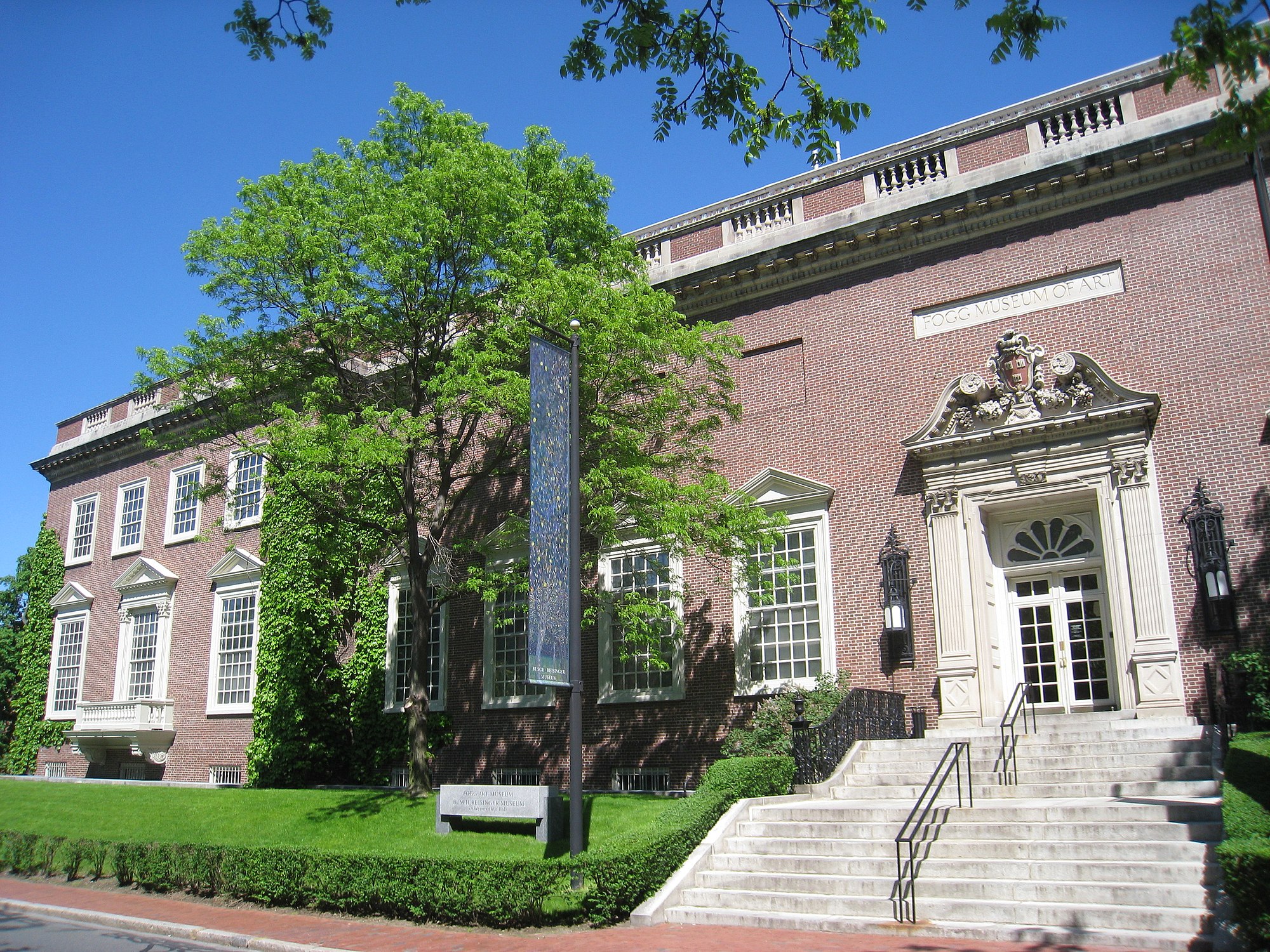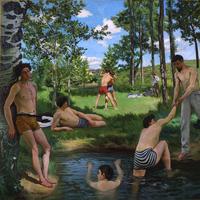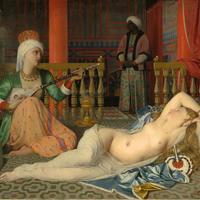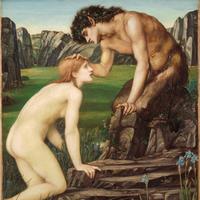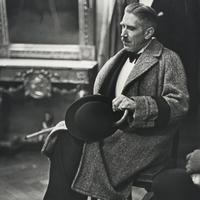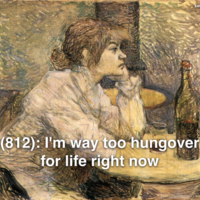More about Fogg Museum

Contributor
Closed for almost seven years, Harvard’s three stellar museums reopened as one in 2014.
They have had a serious rebuild and look gorgeous. In the building housing the Fogg collection, there’s a new super techie glass ceiling and light floods down into a beautifully 15th century-Tuscan style courtyard. So start planning that visit to Cambridge, Mass.
It's mighty suspicious that there is no mention of William Hayes Fogg or his wife Elizabeth on the museum’s website. They founded the Fogg Museum, one of three buildings that now make up Harvard Art Museums. It was Elizabeth who created the Fogg, with the original gift of the family's Oriental art collection and $200,000 for a building!
The website does advertise its Grenville L. Winthrop Collection. Winthrop hated work but that was ok since he was born and raised very rich. He went to Harvard, got a law degree and worked for all of 7 years, retiring at 32. I mean really retiring - his family managed his affairs for the rest of his life. Winthrop was said to be a first-rate snob and curmudgeon. So much so that his two daughters both eloped (on the same day) with the family chauffeur and dad’s electrician. Show him! Lucky for us he had a fantastic collector's eye and used his cash well. He picked up a truly shocking selection of 19th century masterpieces by William Blake, Jacques-Louis David, Winslow Homer, Pierre Auguste Renoir, Auguste Rodin, John Singer Sargent, Henri de Toulouse-Lautrec, and James Whistler.
Winthrop gave his collection to Harvard on the condition that the works could not leave the building. For 60 years the permanent collection was really permanent. Then recently a Fogg director reread Winthrop’s will and found a clause that says, if the museum lent a work, it would have to pay $100,000 fine to the Foundlings Hospital in New York City, a children's charity created in the 1870's to combat infanticide in New York. Anyhow, the fee was a fortune in 1937 when the will was drawn up, but nothing for Harvard around 2000 when it had a $19.2 billion endowment. The director paid the fee and started lending out the works to whomever he wanted. Winthrop’s worst nightmare, but hey.
In contrast, the Maurice Wertheim Collection comes from a hard working man who turned a reasonable inheritance from his cigar-making dad into a serious fortune. Wertheim was a particularly good investment banker and made a killing during the Great Depression buying up hotels, office buildings, and other businesses on the verge of bankruptcy. The market recovered and the huge profits went into a house in Cuba and a fab collection of paintings and sculptures by Paul Cézanne, Edgar Degas, Édouard Manet, Henri Matisse, Pablo Picasso, and Vincent van Gogh.
Featured Content
Here is what Wikipedia says about Fogg Museum
The Harvard Art Museums are part of Harvard University and comprise three museums: the Fogg Museum (established in 1895), the Busch-Reisinger Museum (established in 1903), and the Arthur M. Sackler Museum (established in 1985), and four research centers: the Archaeological Exploration of Sardis (founded in 1958), the Center for the Technical Study of Modern Art (founded in 2002), the Harvard Art Museums Archives, and the Straus Center for Conservation and Technical Studies (founded in 1928). The three museums that constitute the Harvard Art Museums were initially integrated into a single institution under the name Harvard University Art Museums in 1983. The word "University" was dropped from the institutional name in 2008.
The collections include approximately 250,000 objects in all media, ranging in date from antiquity to the present and originating in Europe, North America, North Africa, the Middle East, South Asia, East Asia, and Southeast Asia. The main building contains 204,000 square feet (19,000 m2) of space for public exhibitions, classrooms, conservation and research labs, and other related functions. Approximately 43,000 square feet (4,000 m2) of space are dedicated to exhibitions.
Check out the full Wikipedia article about Fogg Museum

